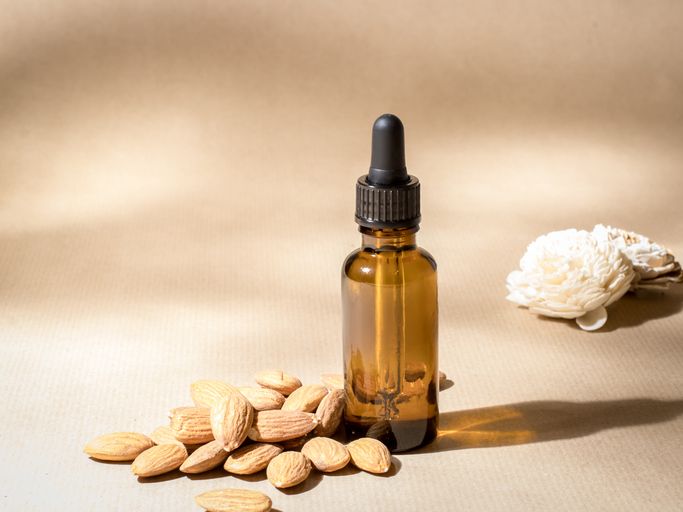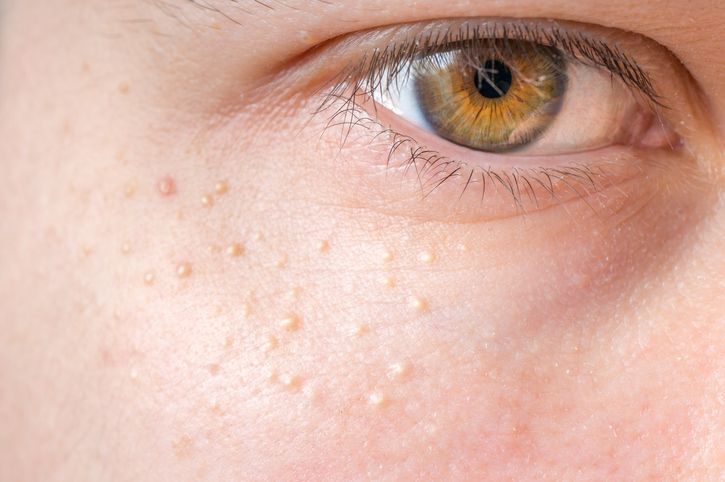- Home
- Trend
- Weight Loss Strategies
- Acne Tips
- Hair Health Information
- Blemish Removal Tips
- Acne Scar Removal Tips
- Muscle Building Techniques
- Intimate Care Tips
- Postpartum Intimate Care
- Eye Bags Wiki
- Tips for Face Slimming
- Secret of Permanent Hair Removal
- Breast Enlargement Tips
- Cure to Snoring
- Marionette Lines
- Skin-Tightening Secrets

免費體驗
S6 Body Sculpting Treatment
1 Minute Self-Registration
Date should not be before minimal date
Ever wondered why every fitness enthusiast raves about core exercises and core workouts? Well, let me tell you, a strong core is the secret sauce to overall fitness and well-being. Your core muscles are the powerhouse behind almost every movement you make. Whether you're standing tall or crushing a high-intensity core workout, having a solid core foundation is a game-changer. So, let's explore the fantastic benefits of building that core strength!
1
Benefits of a Strong Core
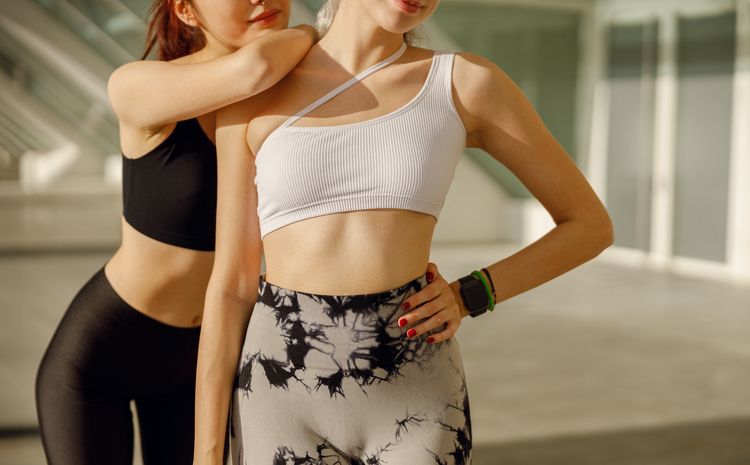
Improved Posture
Mobility and Stability Benefits
Enhanced Performance in Daily Activities and Sports
2
Understanding the Core Muscles

3
Key Core Muscle Groups

Rectus Abdominis
Transversus Abdominis
External Obliques
Internal Obliques
Erector Spinae
Multifidus
Additional Core Muscles
4
Beginner Core Exercises

Bridge
Crunch
Supine Toe Tap
Bird Dog
Bicycle Crunch
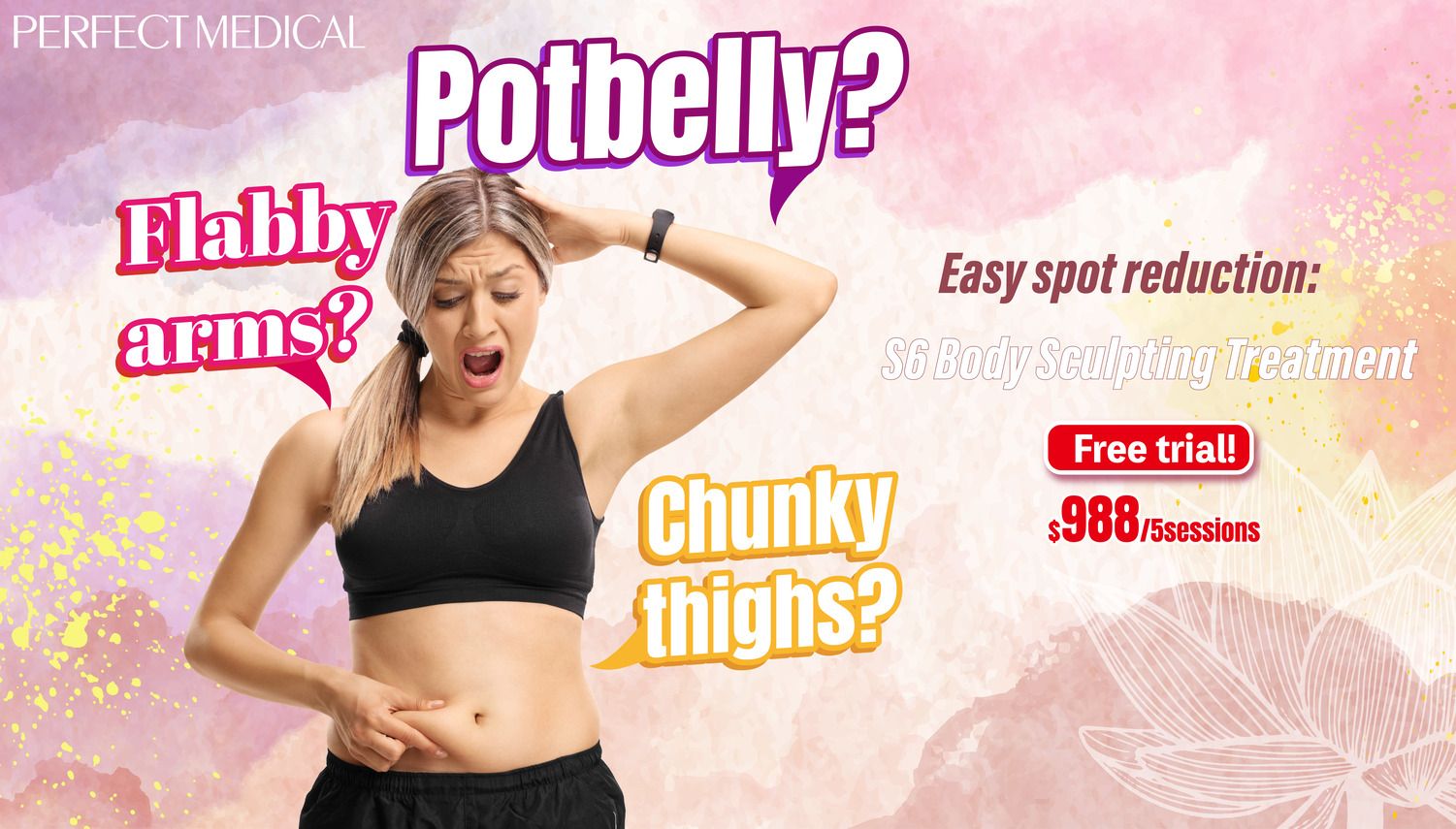
免費體驗
S6 Body Sculpting Treatment
1 Minute Self-Registration
Date should not be before minimal date
5
Intermediate Core Exercises
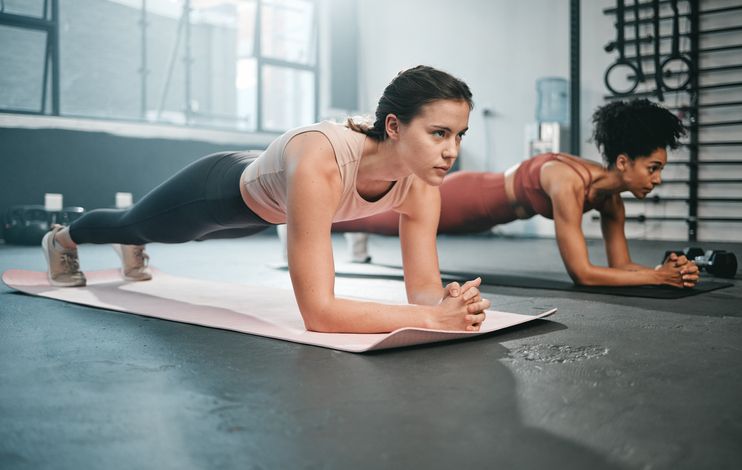
Plank
Warrior Crunch
Bird Dog with Elbow to Knee
6
Advanced Core Exercises

Mountain Climber
Side Plank with Rotation
Turkish Get-Up
- The Korean Celebrity-Endorsed ABC Juice Diet: Discover 6 Holistic Health Benefits!
- Why My Lower Body Fat Loss Plans Won't Work? The Answer You've Been Waiting For
- Lazy Girl Slimming: Debunking 3 Ineffective “Slimming Treatments” + 9 Methods That Actually Work
- Got A Neck Hump? Here’s 6 Causes & 4 Simple Moves To Fix It!
7
Bodyweight Core Exercises

Crunches
Bird Dog
Leg Raises
Side Plank
8
Weighted Core Exercises
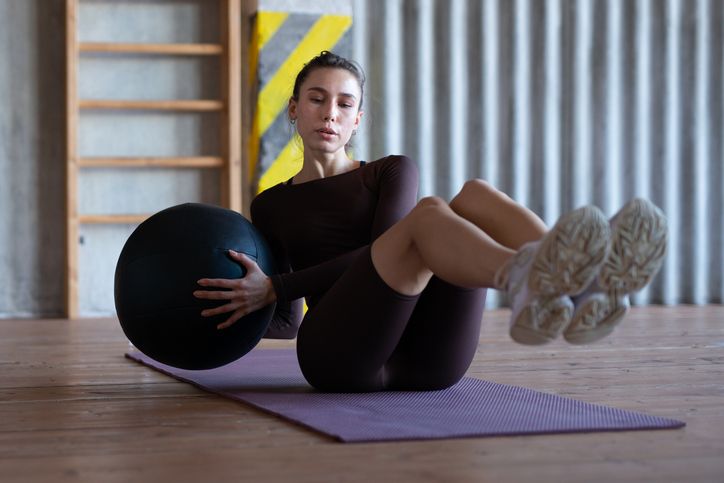
Russian Twists
Cable Woodchopper
Cable Crunch
Med Ball V Ups

免費體驗
S6 Body Sculpting Treatment
1 Minute Self-Registration
Date should not be before minimal date
9
S6 Body Sculpting Treatment: Effortless Weight Loss at Any Age!
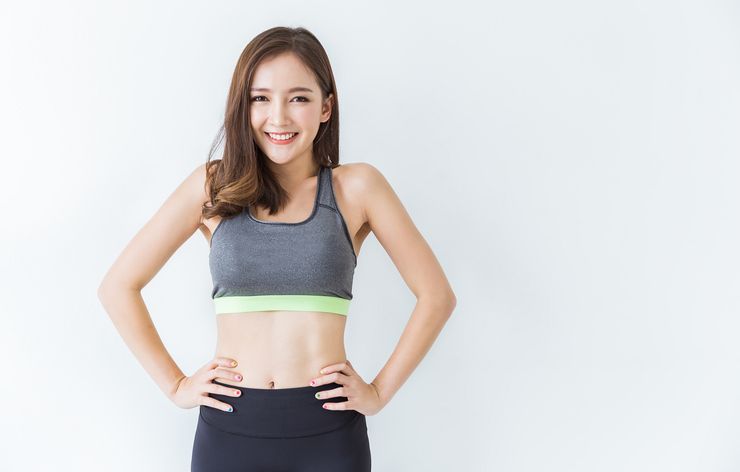
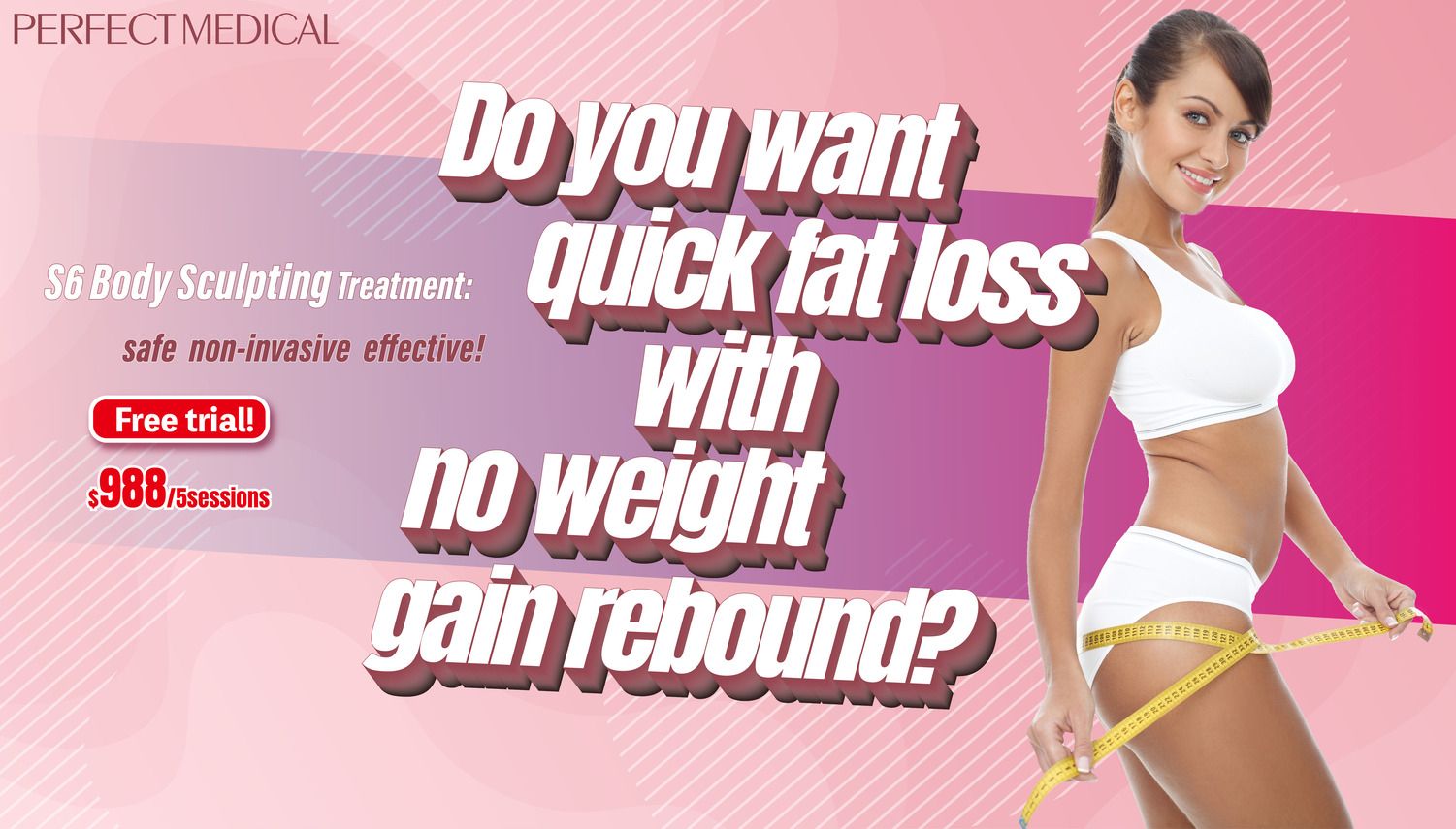
免費體驗
S6 Body Sculpting Treatment
1 Minute Self-Registration
Date should not be before minimal date
FAQ

How often should I do core workouts?
Aim to do core workouts 2-3 times per week. This frequency allows your core muscles to recover and grow stronger, enhancing your overall core strength and core stability.
Can core exercises help reduce body fat?
While core exercises strengthen and tone your abdominal muscles, reducing body fat requires a combination of cardio, strength training, and a healthy diet. Incorporate a balanced fitness routine for the best results.
How do I engage my core muscles properly?
Engage your core muscles by pulling your belly button towards your spine, tightening your transverse abdominis. Maintain this engagement during all core exercises to ensure core stability and effectiveness.
Can core exercises prevent lower back pain?
Yes, regular core training can prevent chronic low back pain by strengthening the deep core muscles and maintaining a neutral spine during movements, which supports the lower back.
Is it necessary to use weights for effective core training?
While bodyweight core exercises are effective, adding weights like in Russian twists or cable crunches can increase intensity and target deep core muscles, improving overall core strength.





